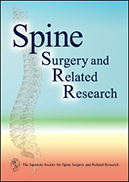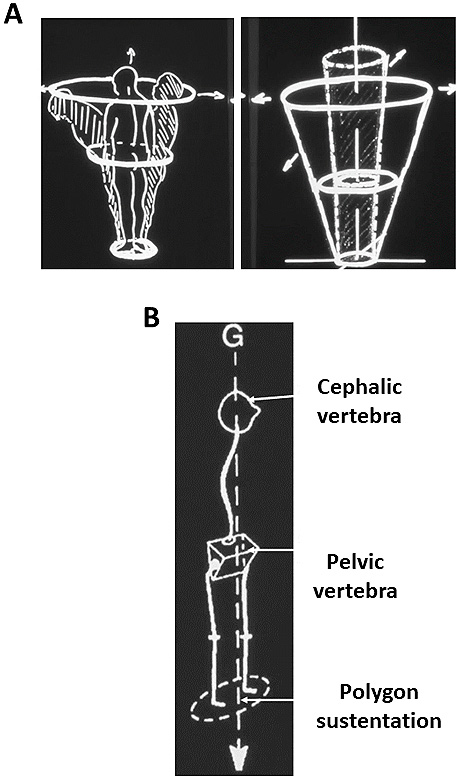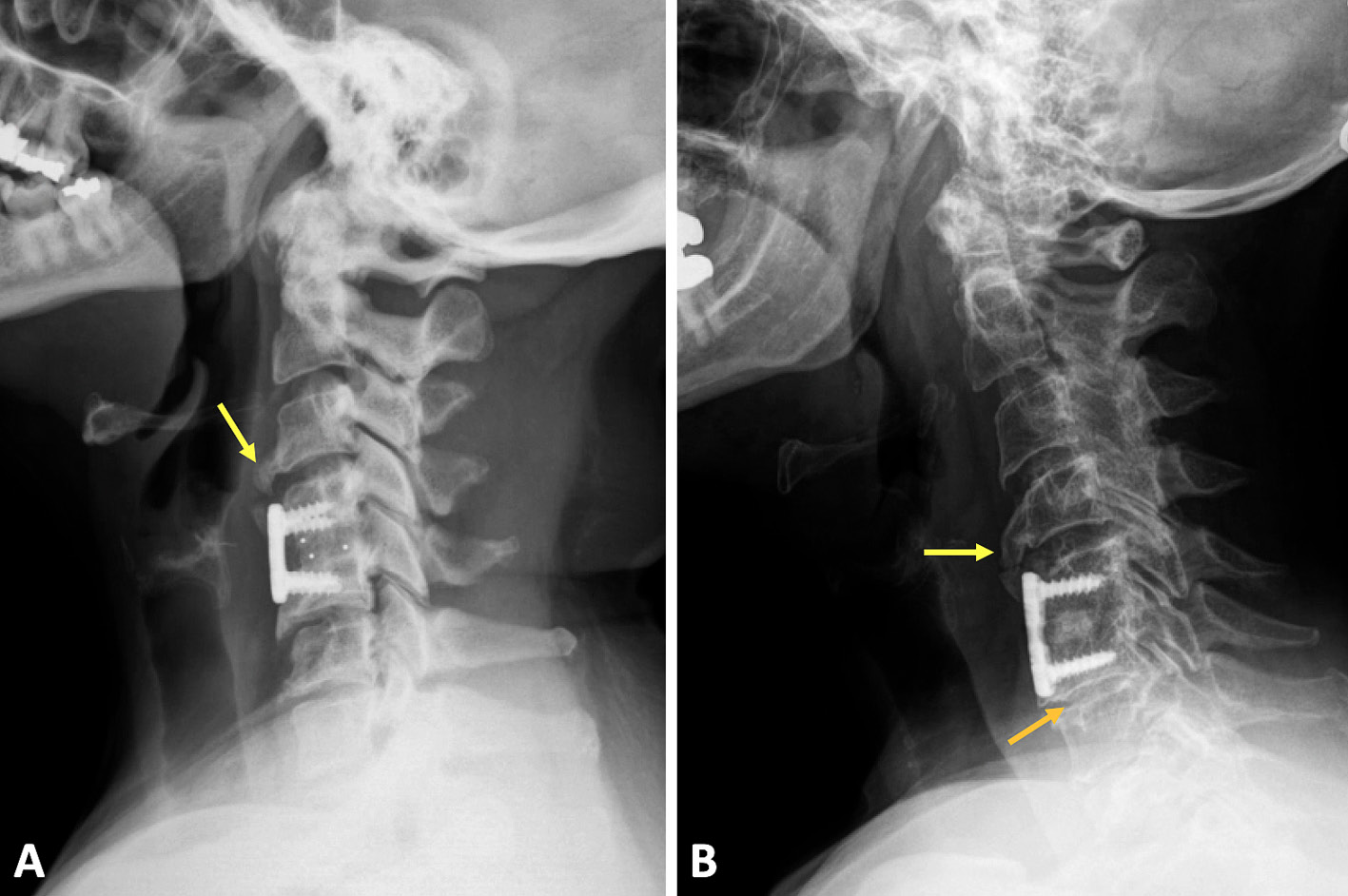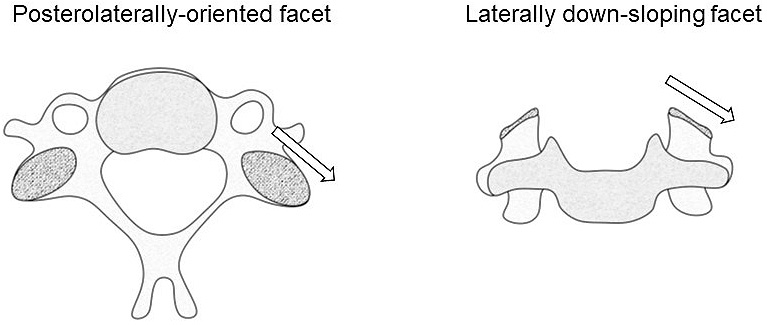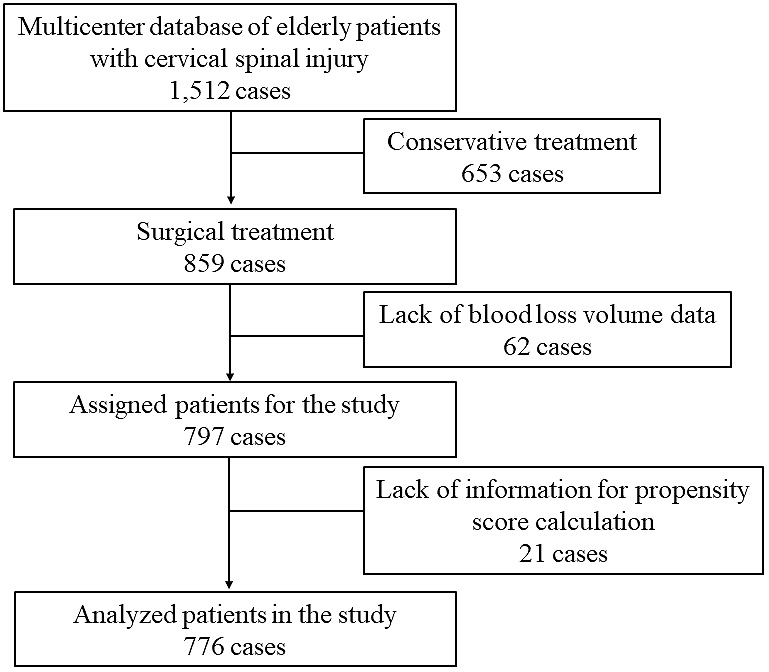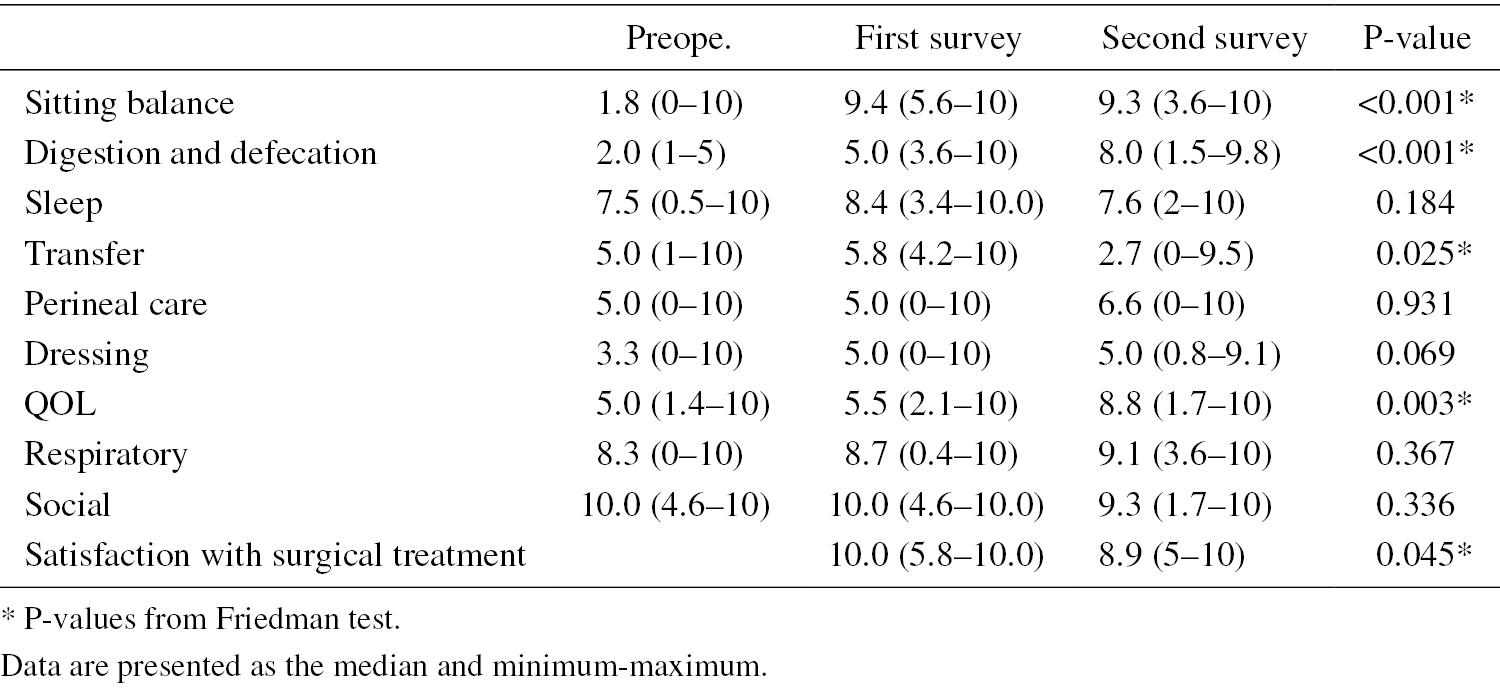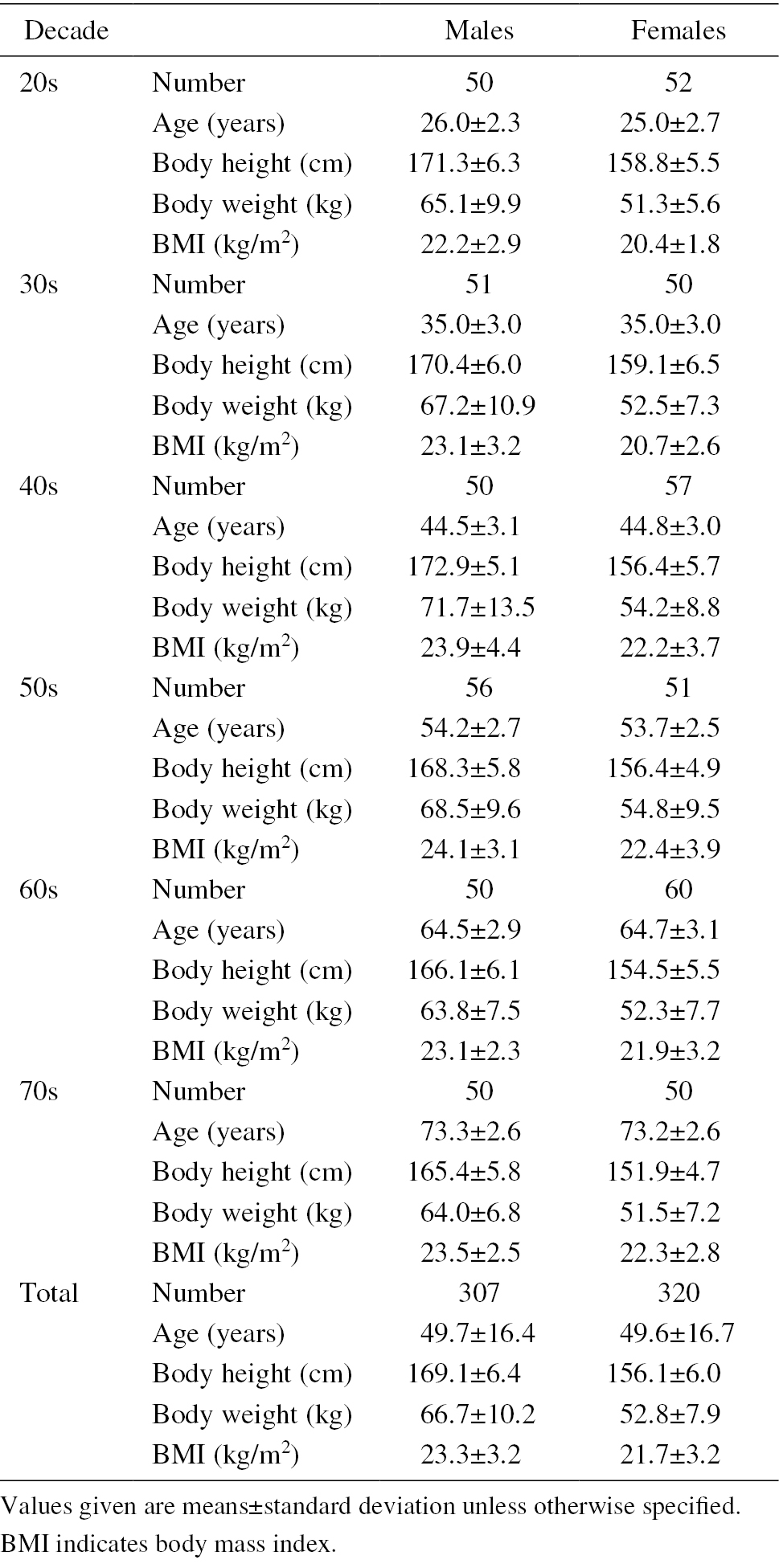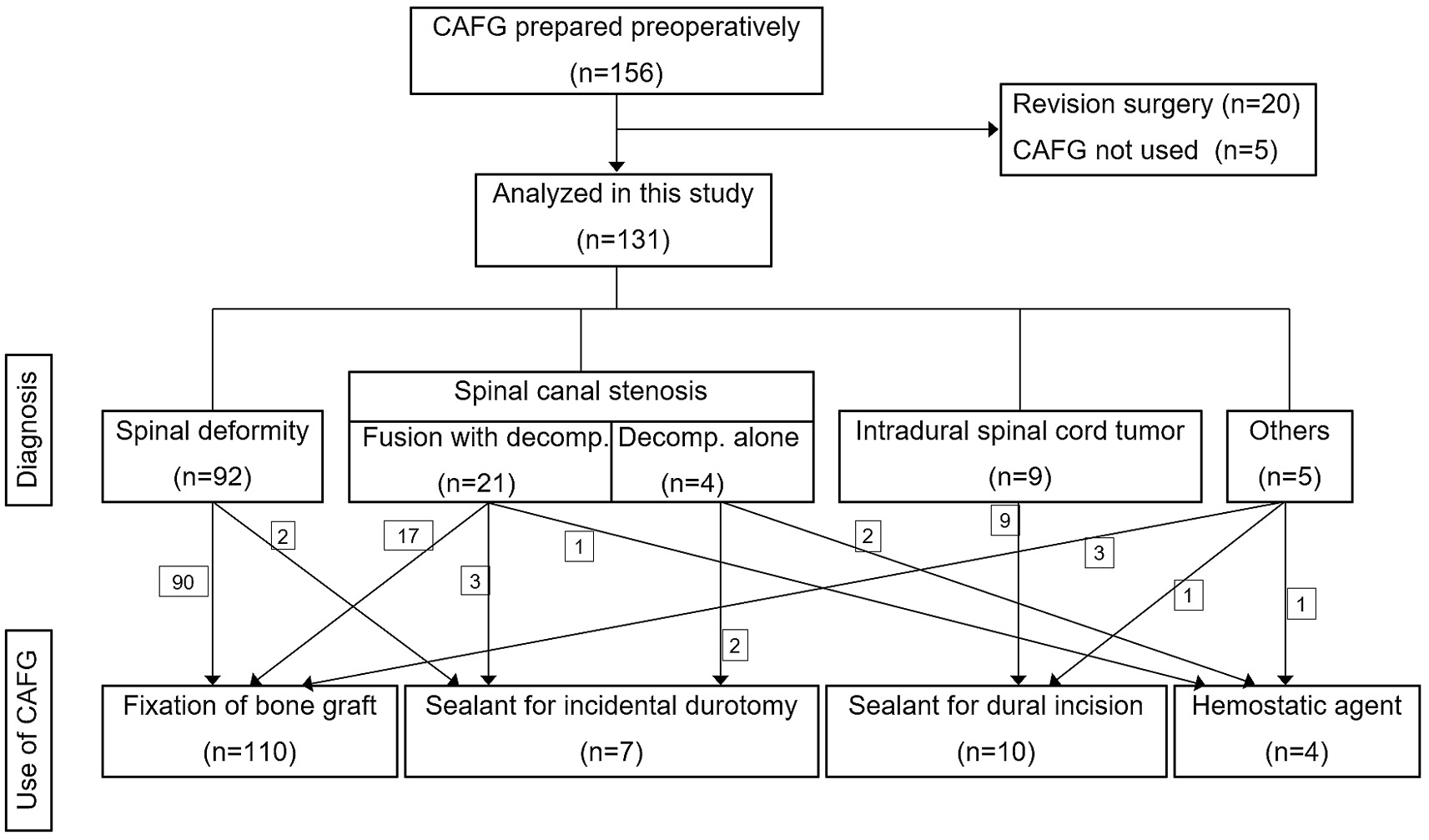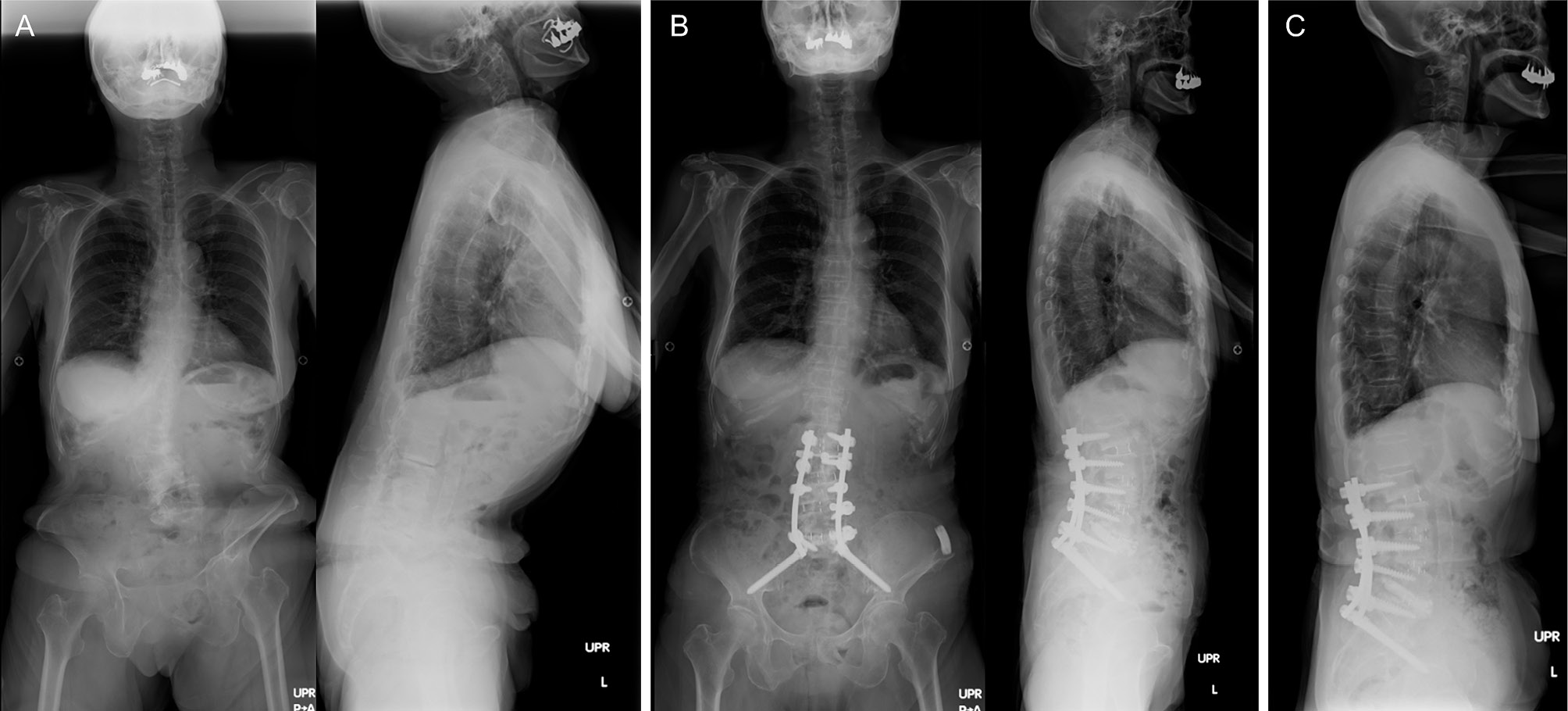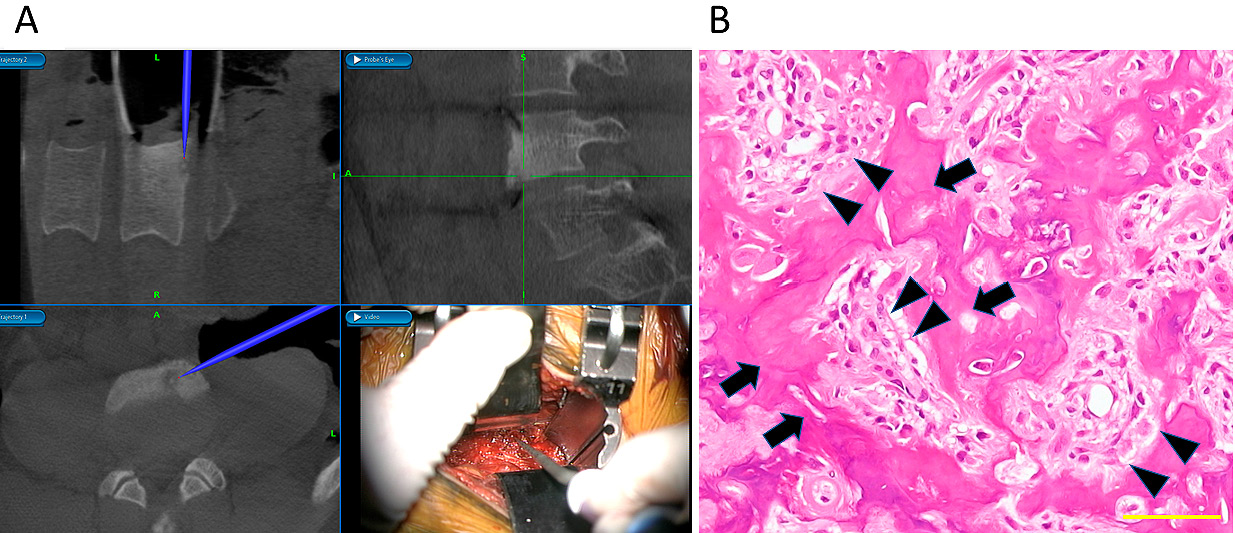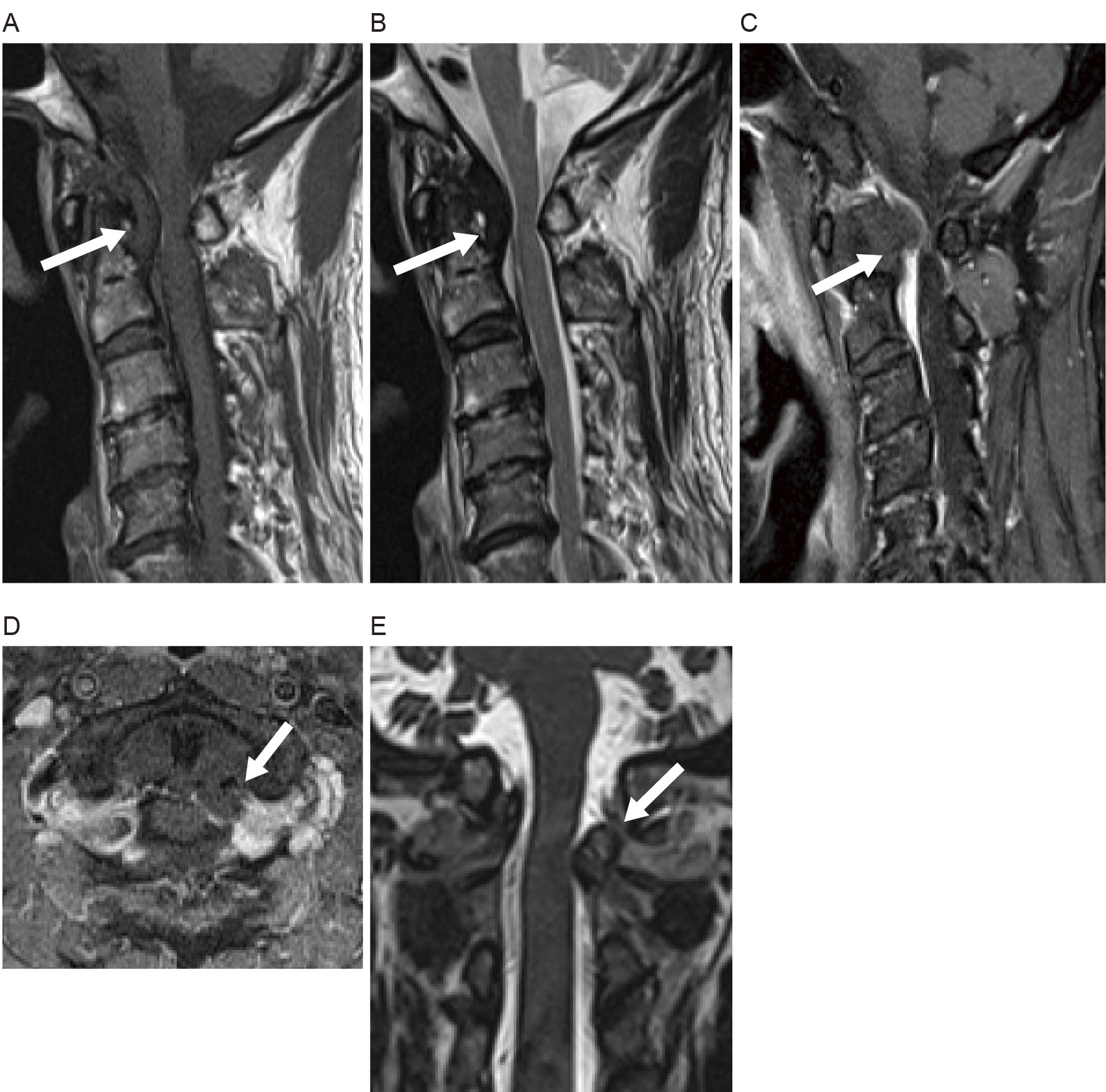Volume 6, Issue 4
Displaying 1-17 of 17 articles from this issue
- |<
- <
- 1
- >
- >|
EDITORIAL
-
2022Volume 6Issue 4 Pages 318
Published: July 27, 2022
Released on J-STAGE: July 27, 2022
Download PDF (48K)
SPECIAL ARTICLE: GUIDELINES
-
2022Volume 6Issue 4 Pages 319-321
Published: July 27, 2022
Released on J-STAGE: July 27, 2022
Download PDF (48K) -
2022Volume 6Issue 4 Pages 322-324
Published: July 27, 2022
Released on J-STAGE: July 27, 2022
Download PDF (51K) -
2022Volume 6Issue 4 Pages 325-328
Published: July 27, 2022
Released on J-STAGE: July 27, 2022
Download PDF (56K) -
2022Volume 6Issue 4 Pages 329-332
Published: July 27, 2022
Released on J-STAGE: July 27, 2022
Download PDF (57K) -
2022Volume 6Issue 4 Pages 333-336
Published: July 27, 2022
Released on J-STAGE: July 27, 2022
Download PDF (61K)
REVIEW ARTICLE
-
2022Volume 6Issue 4 Pages 337-349
Published: July 27, 2022
Released on J-STAGE: July 27, 2022
Advance online publication: April 20, 2022Download PDF (3649K)
ORIGINAL ARTICLE
-
2022Volume 6Issue 4 Pages 350-357
Published: July 27, 2022
Released on J-STAGE: July 27, 2022
Advance online publication: December 27, 2021Download PDF (290K) -
2022Volume 6Issue 4 Pages 358-365
Published: July 27, 2022
Released on J-STAGE: July 27, 2022
Advance online publication: December 27, 2021Download PDF (416K) -
2022Volume 6Issue 4 Pages 366-372
Published: July 27, 2022
Released on J-STAGE: July 27, 2022
Advance online publication: December 27, 2021Download PDF (141K) -
2022Volume 6Issue 4 Pages 373-378
Published: July 27, 2022
Released on J-STAGE: July 27, 2022
Advance online publication: February 10, 2022Download PDF (103K) -
2022Volume 6Issue 4 Pages 379-387
Published: July 27, 2022
Released on J-STAGE: July 27, 2022
Advance online publication: December 14, 2021Download PDF (255K) -
2022Volume 6Issue 4 Pages 388-394
Published: July 27, 2022
Released on J-STAGE: July 27, 2022
Advance online publication: December 14, 2021Download PDF (166K) -
2022Volume 6Issue 4 Pages 395-401
Published: July 27, 2022
Released on J-STAGE: July 27, 2022
Advance online publication: December 27, 2021Download PDF (579K) -
2022Volume 6Issue 4 Pages 402-407
Published: July 27, 2022
Released on J-STAGE: July 27, 2022
Advance online publication: December 27, 2021Download PDF (202K)
CLINICAL CORRESPONDENCE
-
2022Volume 6Issue 4 Pages 408-411
Published: July 27, 2022
Released on J-STAGE: July 27, 2022
Advance online publication: February 10, 2022Download PDF (1709K) -
2022Volume 6Issue 4 Pages 412-415
Published: July 27, 2022
Released on J-STAGE: July 27, 2022
Advance online publication: February 10, 2022Download PDF (596K)
- |<
- <
- 1
- >
- >|
